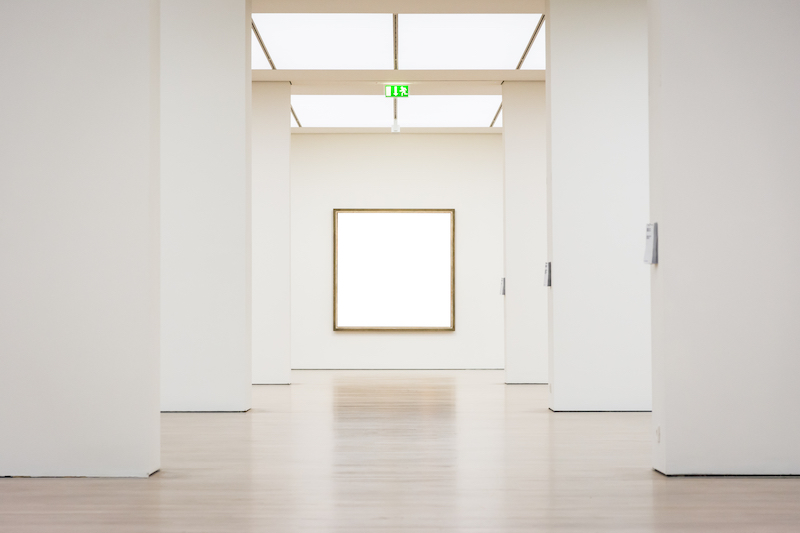Lifecycle of a Collector: Final Solutions
Joanna Mendelssohn on the many paths art can take after death, decluttering or different taste.
Words: Joanna Mendelssohn
There are many reasons why long-term art collectors decide to let some or all of their collection go. It may be that the collector has moved from a large house to small apartment. Or, with maturity, the collector’s taste for art has changed. The late James Fairfax was originally a collector of contemporary Australian art, but in his middle years he turned to collecting old master European paintings then still later his taste further refined towards Asia and the decorative arts. Each time he changed direction public collections, most notably the Art Gallery of New South Wales, received major gifts.
Life is short, art is long, which is why planning a permanent destination for a collection is one aspect of estate planning. In the years after she was diagnosed with cancer, Ann Lewis, whose personal collection of contemporary Australian art outshone that of many public art galleries, carefully planned the future for the works she loved. In the 1960s and 1970s, as director of Gallery A, Lewis was responsible for exhibiting some of Australia’s most distinguished modernist artists. She had exhibited the early work of Michael Johnson, Mike Brown, Rosalie Gascoigne and Bronwyn Oliver. Their work had entered her own collection along with a painted ceiling by John Olsen and a distinguished collection of Western Desert Aboriginal paintings. She planned her gifts so that the bulk of her collection is now divided between the Museum of Contemporary Art, Newcastle Art Gallery and the Moree Plains Art Gallery. Good art outlives the lives of its owners.
Melbourne’s Michael Buxton is likewise considering the long-term legacy of his collection but is taking another path. His extensive collection of contemporary Australian art, gathered over many years, will have a new home, Buxton Contemporary, located behind the National Gallery of Victoria. Unlike other dedicated philanthropic galleries, such as Judith Nielson’s White Rabbit, Eva and Marc Besen’s TarraWarra Art Museum or the Holmes à Court Gallery, Buxton Contemporary is not a discrete entity. The new owner is the University of Melbourne, which will show it for the benefit of all, but especially those connected with the neighbouring Victorian College of the Arts. The advantage of linking his gift to a university means a greater level of protection, both for the art and for the building that houses it, although the deed of gift specifies it will remain separate from other University collections.
Most collectors develop protective feelings towards their art. Sending it to a new home is not a decision to be taken lightly. Donors need to see that their gifts are valued, especially as curators know that the secret of a successful gallery collection is the ability to always look a gift horse in the mouth. When a work is accepted as a gift to a public art museum it becomes an endorsement of the donor’s prescience in acquiring it many decades ago.
Since 1981 gifts of works of art to public collections are tax deductible at their current retail market value as assessed by two independent accredited valuers and are also capital gains tax exempt. This is a further incentive to donate, as when art is sold at auction there are commissions to be paid and any sale over $1,000 attracts a Resale Royalty.
Article originally published in Art Collector issue 84, APR-JUN, 2018.







